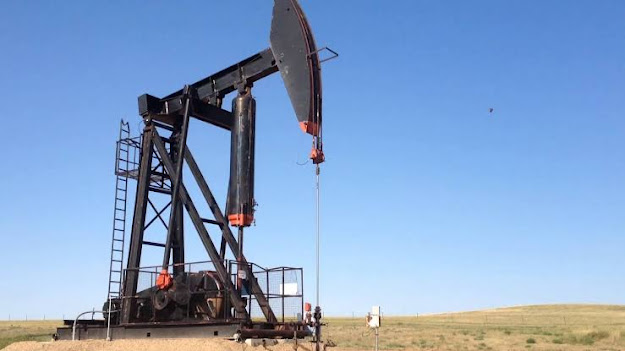Ideal vs real Gases 4
Equation of State for the Real Gases (van der Waals Equation) To explain the behaviour of real gases, J .D. van der Waals, in 1873, modified the ideal gas equation applying appropriate corrections so as to take into account The volume of the gas molecules The forces of attraction between the gas molecules He put forward the modified equation, known after him as van der Waals equation. The equation is For 1 mole of the gas, For n moles of the gas, Where ‘a’ and ‘b’ van der Waals constant.There values depend upon nature of gas. Significance of Van der Waals Constants Van der Waals constant ‘a’: Its value is a measure of the magnitude of the attractive forces among the molecules of the gas. There would be large intermolecular forces of attraction if the value ‘a’, is large. Van der Waals constant ‘b’: Its value is a measure of the effective size of the gas molecules. Its value is equal to four times the actual volume of the gas molecules. It is called Excluded...


